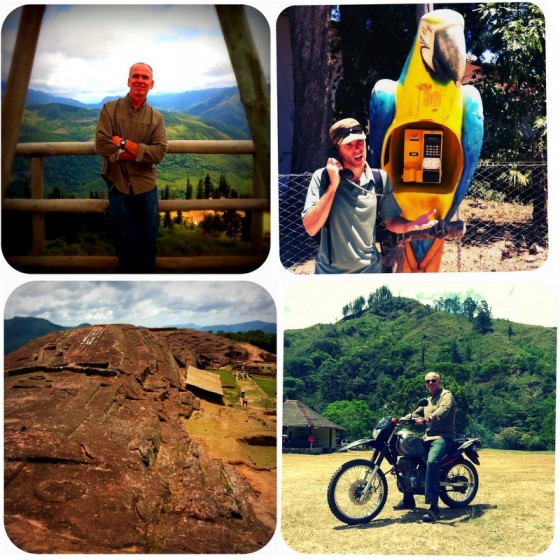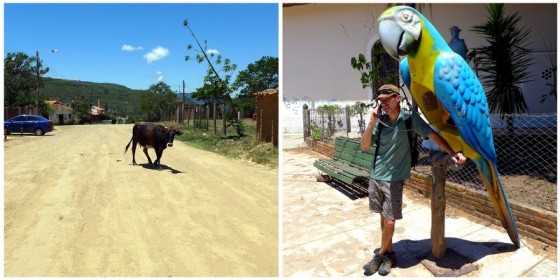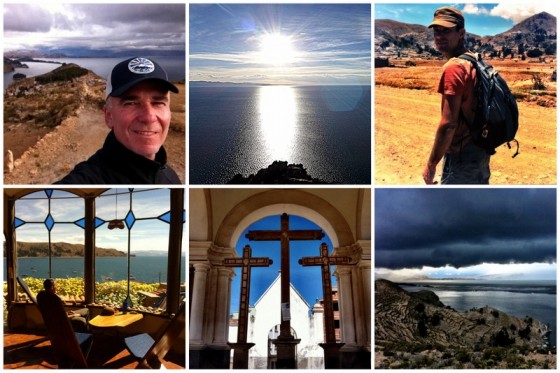
Tiwanaku
I couldn’t bear another cold, rainy day in La Paz so I struck out after breakfast one Saturday to visit one of Bolivia’s most important archaeological sites Tiwanku, a UNESCO World Heritage Site just 90 minutes from La Paz. This “cradle of Andean civilization,” which preceded the Incas, was centered near the fertile soils near Lake Titicaca and flourished for nearly 2500 years until about 1000 AD when the site was abandoned after severe drought.
There is no written history of the Tiwanaku so unfortunately very little is known about this civilization. An agriculturally based society, they developed sophisticated farming methods (including the sukakullos which Paul and I saw near Copacabana earlier this year) which sustained a considerably growing population. By 800 AD, the capital city of Tiwanaku had perhaps 50,000 residents and recent studies suggest up to 1.5 million inhabitants lived in the region.
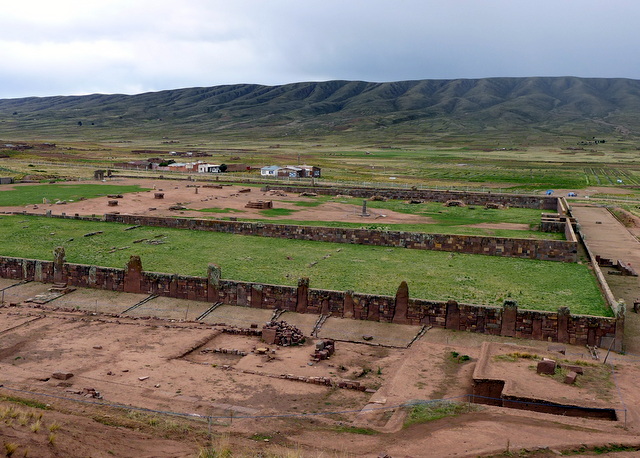
They worshipped many gods, the most important being Viracocha who created the earth at Island of the Sun on Lake Titicaca and brought forth humans from the earth’s rocks. He is celebrated in the site’s outstanding Temple of the Sun, one of the few remaining monuments at the site. The Tiwanaku also placed great spiritual importance in prominent mountain peaks, the apus (deities) that control weather and determine agricultural output, traditions which continue to this day.
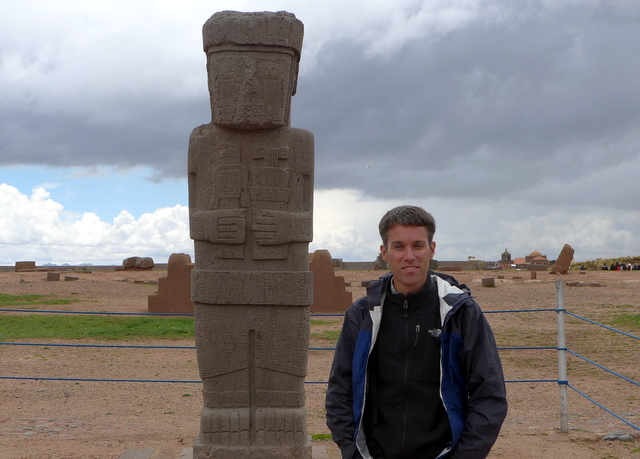
Around 1000 AD a significant climatic shift occurred in the region resulting in greatly reduced rainfall which diminished crop yields. Tiwanaku society quickly broke down and by 1200 AD the once-mighty civilization vanished with only loosely organized remnants remaining. The Incas arrived a couple centuries later as they expanded their nascent empire and drew heavily from Tiwanaku architecture and its belief system.
Continue reading “Tiwanaku: The Cradle of Andean Civilization”